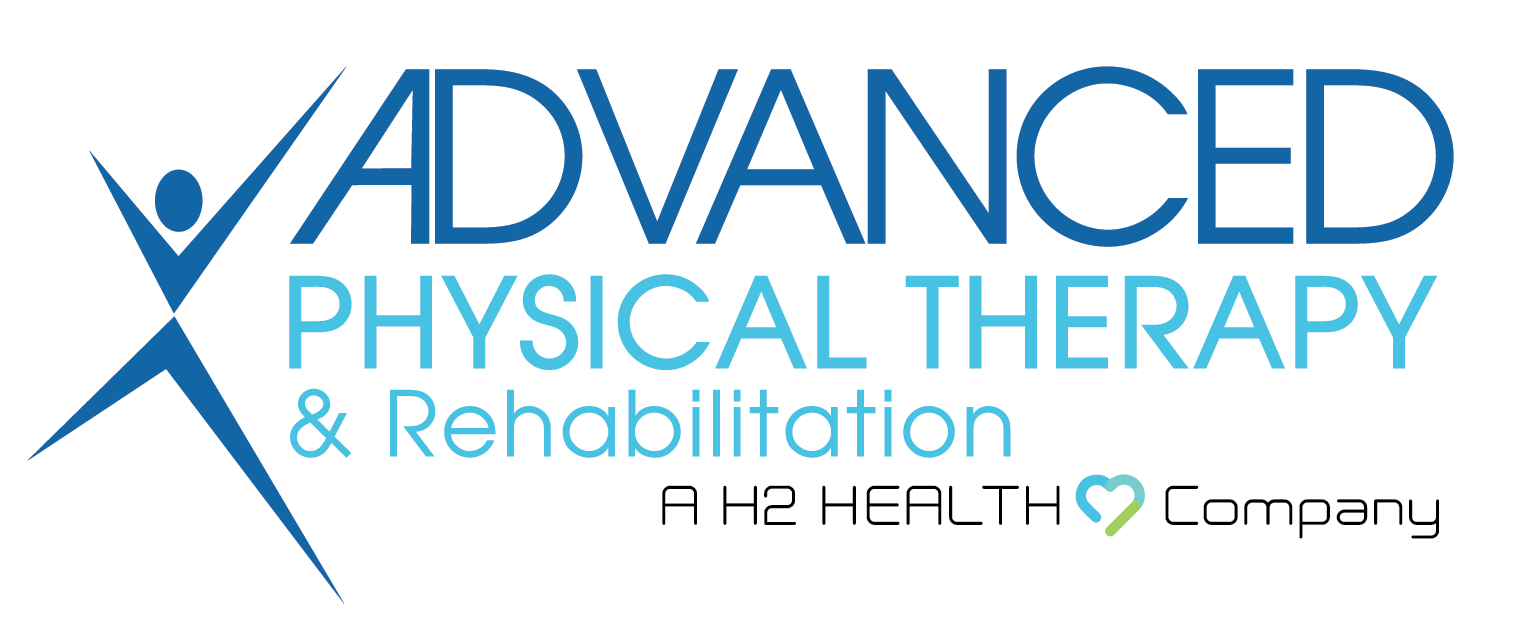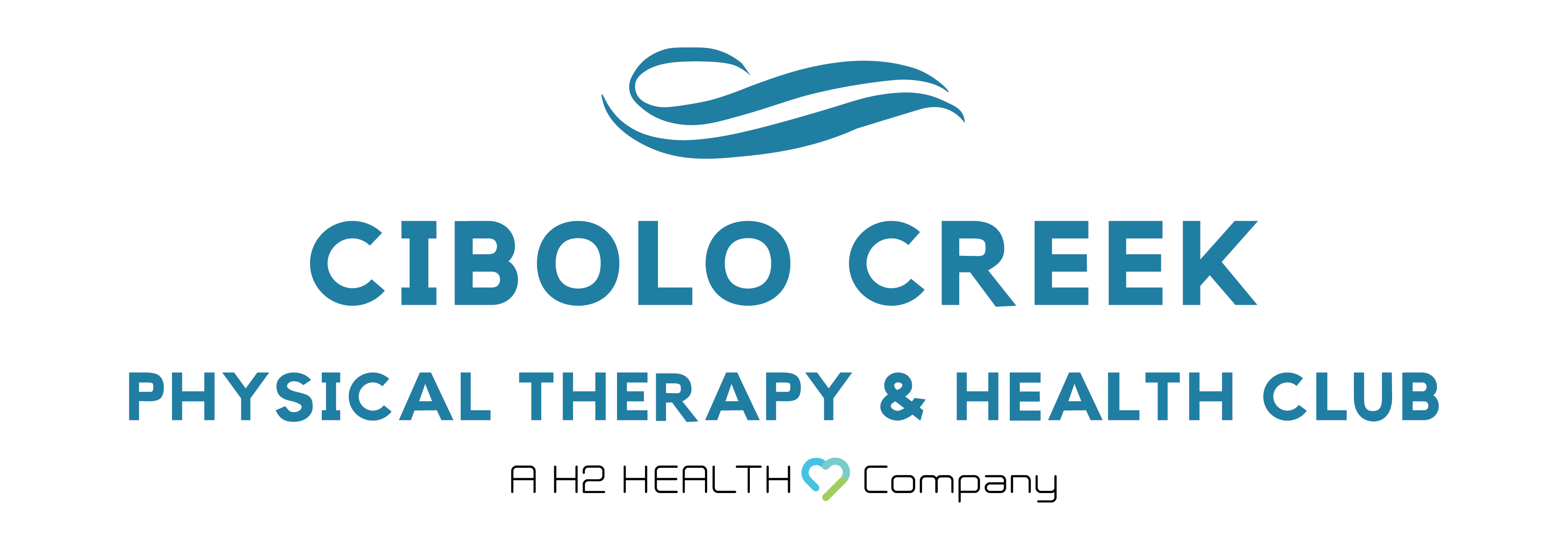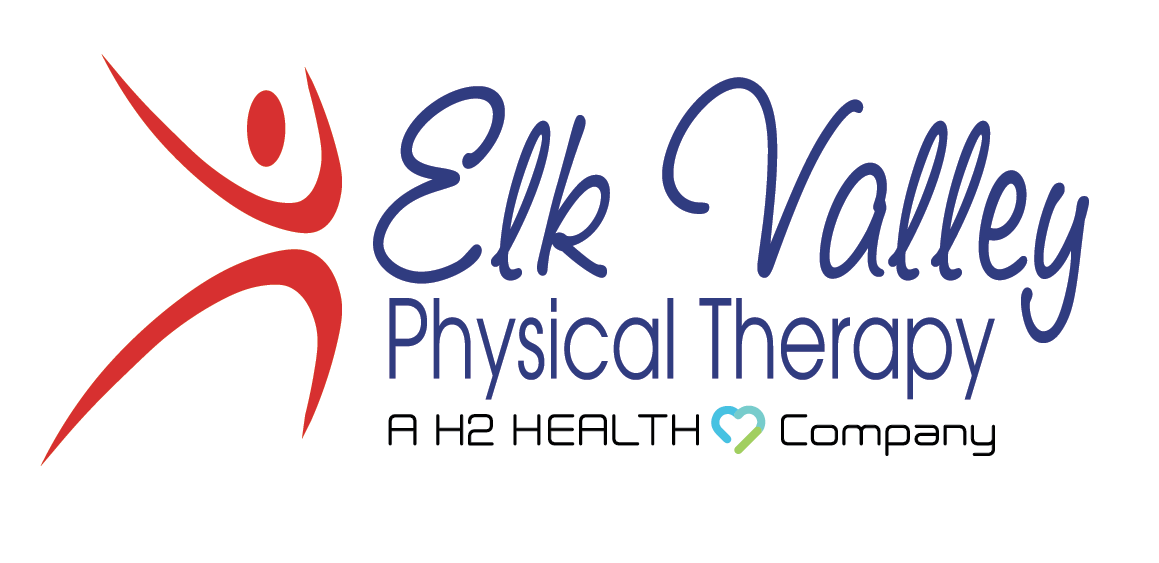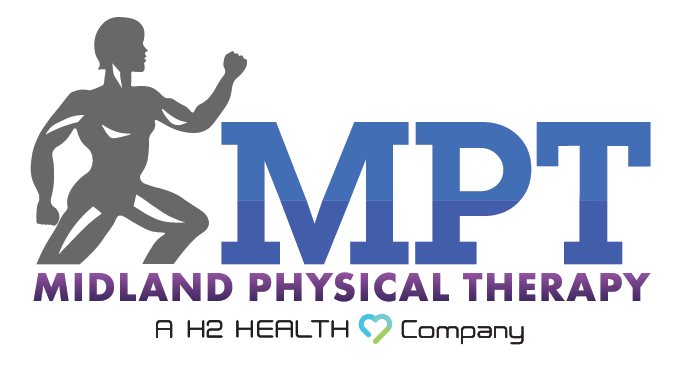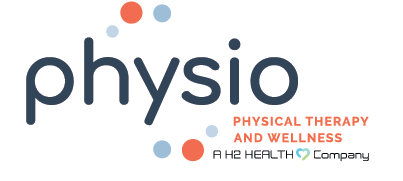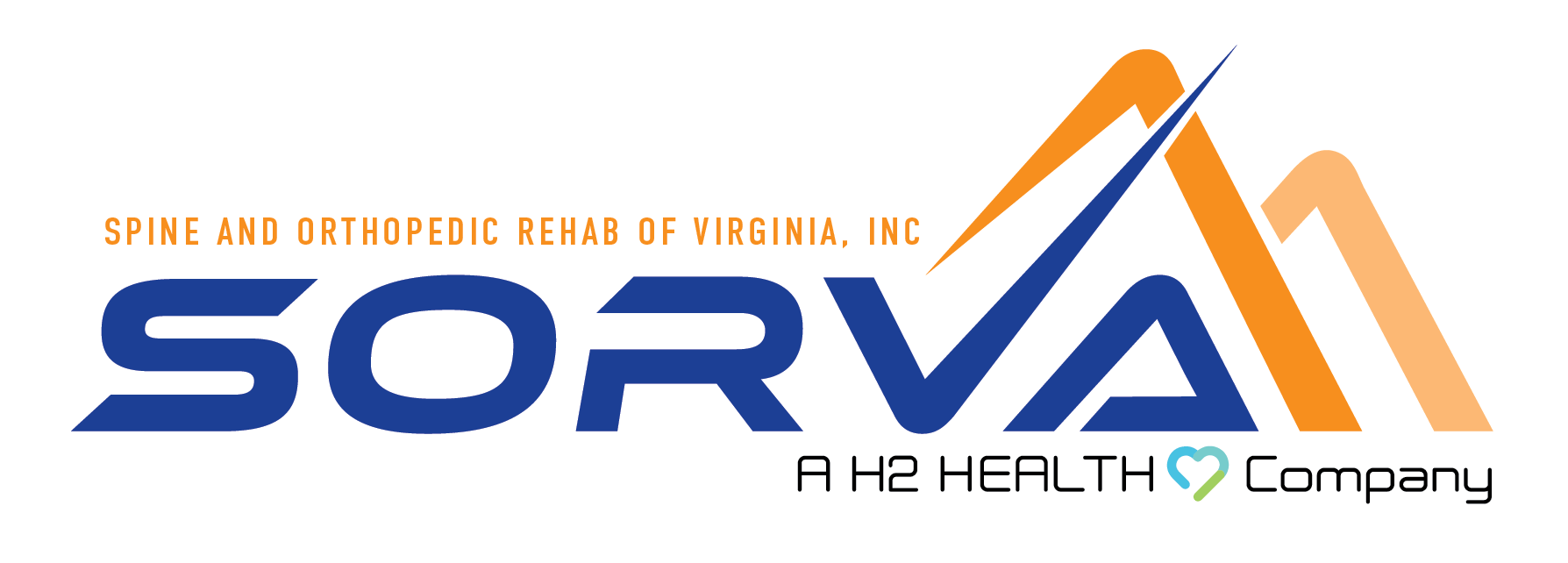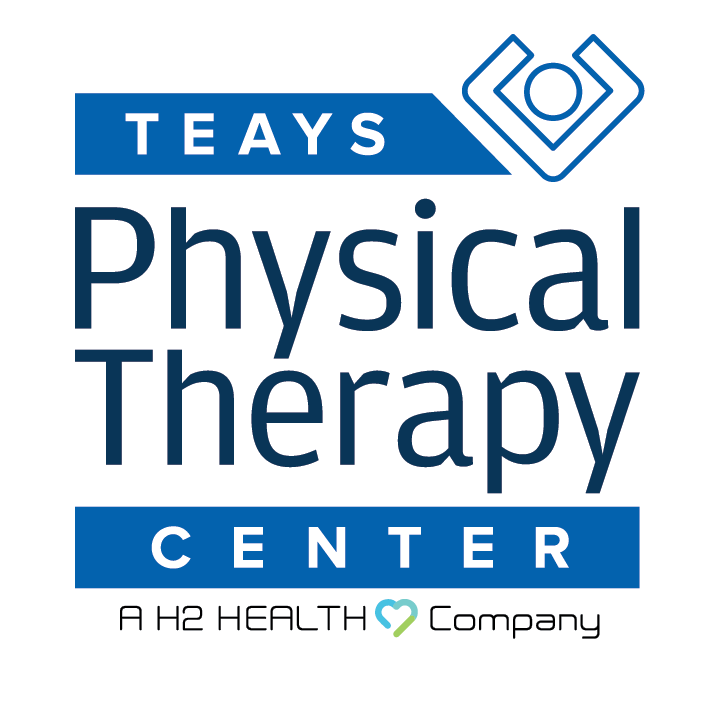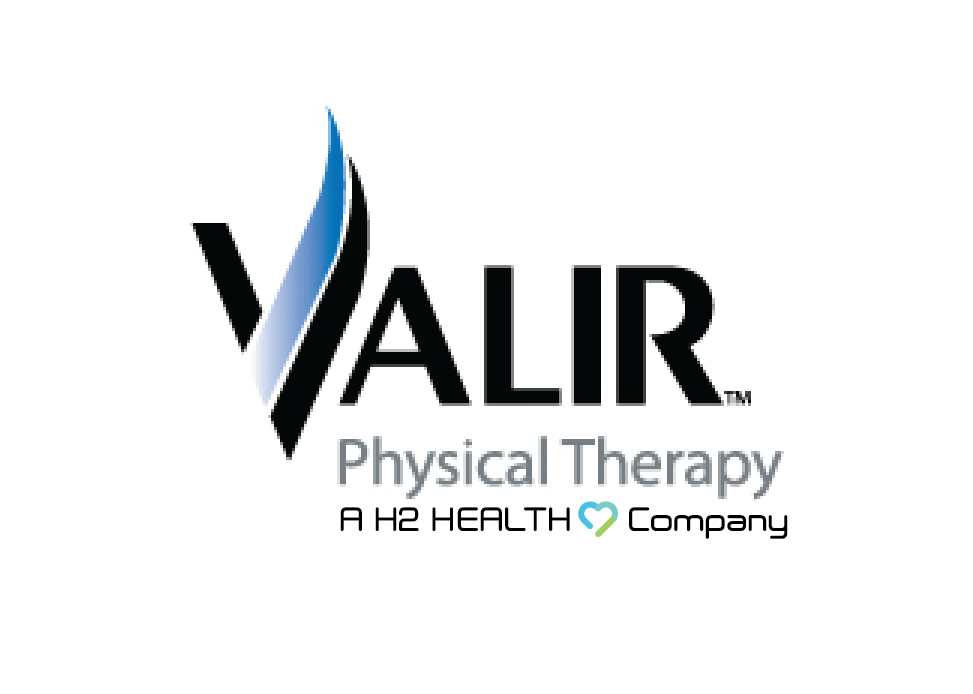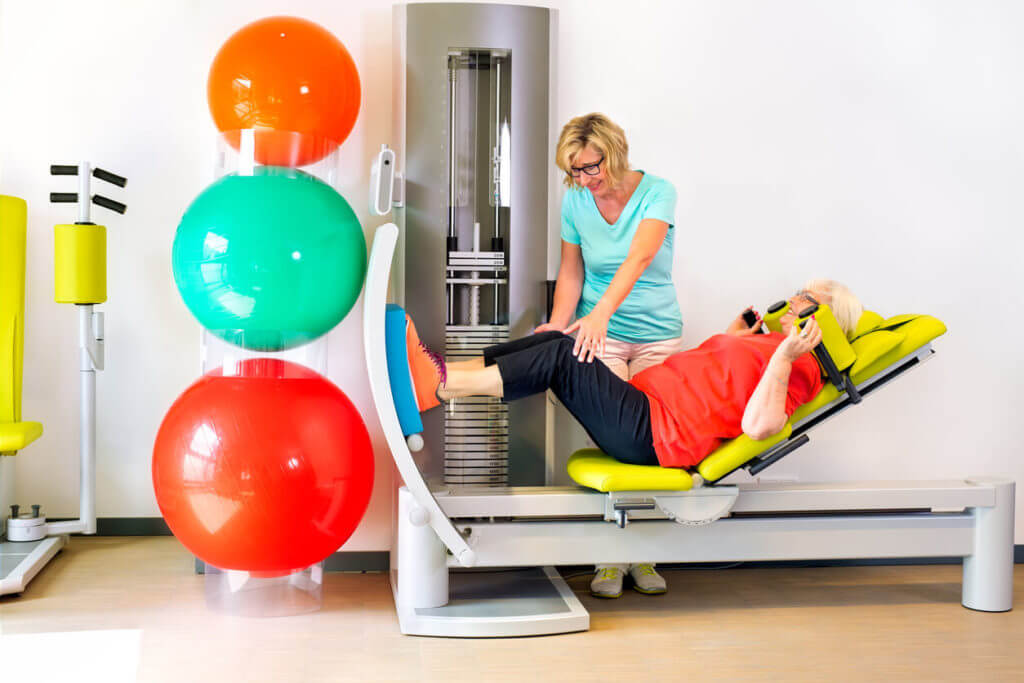
Recovering from surgery can feel overwhelming, but post-operative therapy plays a critical role in helping you heal. Whether you have undergone a knee replacement, shoulder surgery, or any other procedure, knowing what to expect during this process can set you on the path to recovery with less stress and more confidence.
Let us explore what post-operative therapy involves, its benefits, and step-by-step guidance for a smoother recovery. We will also discuss how physical therapy after knee replacement and other surgeries can help you regain strength and mobility effectively.
What Is Post-Operative Therapy
Post-operative therapy is a rehabilitation program designed to help you recover after surgery. It typically combines physical therapy, exercise routines, and other techniques aimed at reducing pain, improving movement, and restoring functionality. A certified physical therapist will guide your recovery, tailoring the therapy to your specific needs and goals.
Whether you are recovering from orthopedic surgery or another procedure, therapies are custom-designed to align with your body’s capabilities and the surgery’s requirements.
Benefits of Post-Operative Therapy
Post-operative therapy offers several benefits that support your recovery:
- Pain Management: Therapy can help reduce pain and swelling by improving blood circulation and promoting healing.
- Restore Mobility: Exercises and stretches improve flexibility and range of motion after surgery.
- Build Strength: Therapy focuses on strengthening the muscles around the surgical site, aiding stability and functionality.
- Reduce Complications: Proper rehabilitation minimizes the risk of post-surgical complications like scar tissue buildup or stiffness.
- Faster Recovery: A structured rehabilitation plan can speed up your overall recovery process.
Steps to Expect During Post-Operative Therapy
Every recovery plan is unique, depending on the type of surgery and your specific condition. However, the general steps below outline what you can anticipate during post-operative therapy.
1. Initial Assessment and Goal Setting
Your post-operative therapy begins with an evaluation by a certified physical therapist. They will assess your strength, mobility, and pain levels to create a customized plan with achievable goals.
For example, if you have had a knee replacement, therapy will focus on improving your ability to walk and reducing stiffness.
2. Personalized Post-Op Therapy Plan
A comprehensive therapy plan combines passive and active therapies, working together to support your recovery. Here is a breakdown:
Passive Therapies
Passive therapies help reduce pain and swelling, and promote healing early in recovery when minimizing stress is most important. Common techniques include:
- Cold Therapy – Applying cold packs to reduce inflammation, numb pain, and control swelling.
- Compression Therapy – Using wraps or sleeves to manage swelling and improve circulation.
- Elevation – Raising the affected limb to decrease swelling and promote fluid drainage.
- Electrotherapy (e-stim) – Applying electrical stimulation to relieve pain and support muscle activation.
- Manual Therapy – Gentle hands-on techniques to reduce stiffness and promote tissue mobility.
These therapies create a stable foundation to prepare your body for active rehabilitation. Modalities such as thermotherapy, dry needling, and contrast baths may be introduced later in recovery, as appropriate, to support specific goals like improving tissue extensibility or reducing muscle tightness.
Active Therapies
Active therapies focus on rebuilding strength, mobility, and flexibility around the surgical area. Your therapist will guide you through customized exercises, including:
- Range of Motion Exercises – Activities to improve joint mobility and reduce stiffness.
- Stretching and Strengthening Exercises – Gradual movements to restore flexibility and build strength.
- Neuromuscular Re-education – Techniques to retrain movement patterns, improve motor control, and enhance coordination.
- Functional (Posture, Balance, and Coordination) Training – Techniques to improve stability, alignment, and prevent injuries.
- Education and Home Exercise Program (HEP) – Guidance on exercises and practices to continue independently for long-term recovery.
Together, these therapies create a tailored plan for a structured, effective recovery journey.
3. Progress Monitoring and Adjustments
Throughout therapy, your progress will be continuously tracked. If exercises become easier, your therapist may increase their intensity or introduce advanced movements. This ensures you continue to improve and rebuild strength.
4. Transition to Independent Recovery
The final stage of post-operative therapy focuses on helping you regain independence. You will be equipped with exercises you can continue at home and techniques to maintain your progress.
Your therapist may also recommend follow-up sessions for monitoring long-term results.
How to Maximize Your Results
Boost your post-operative therapy progress by following these steps at home.
- Stay Consistent: Attend all therapy sessions and follow your therapist’s advice daily.
- Communicate: Share all updates, improvements, or concerns with your therapist as soon as they arise.
- Follow a Routine: Not just during therapy sessions, but also by completing recommended exercises at home.
- Get Rest: Allow your body the time needed to heal by balancing activity with proper rest.
- Stay Positive: Progress may feel slow, but patience and a positive mindset are critical for long-term success.
Post-operative Physical Therapy in Kentucky
Recovery is not a solo effort. With the right guidance, you can achieve a full return to your daily life. At H2 Health, we specialize in post-operative therapy designed to suit your specific needs.
Our licensed therapists combine expertise, compassion, and effective methods to help you regain your strength and mobility. Whether you are looking for physical therapy after knee replacement or speech therapy after a stroke, we are here to help.
Why choose us?
- Personalized recovery plans for every surgery type.
- Experienced, certified therapists focused on your needs.
- Welcoming, state-of-the-art facilities equipped with advanced tools.
- A community of patients who completed recovery successfully.
To learn more about our post-operative therapy services, contact one of our H2 Health facilities across the United States or use our convenient appointment request form to schedule your consultation. We look forward to serving you!






